Introduction
The “Windstorm” series can also be understood as “wind tunnel.” The frame design of the Windstorm series rackets is an improvement upon the fluid box-type frame, which has been proven over many years in the market. The lower part of the frame is slightly thickened to enhance shot stability, while four air ducts have been added to reduce wind resistance during swings. The principle behind these ducts is similar to the spoilers on race cars and airplanes, guiding airflow behind the fast-moving object to reduce negative pressure at the rear, thus decreasing resistance and enhancing aerodynamic stability.
In simple terms, the Windstorm series frame is an upgraded version of the classic box frame, providing excellent shot stability.

This release of the Windstorm 9000 series includes three models. The Windstorm 9000, focusing on all-round performance, is endorsed by Shi Yuqi, a rising star in China’s men’s singles team. The Windstorm 9000C (Combat) emphasizes offense and is endorsed by mixed doubles specialist Zheng Siwei. The Windstorm 9000D (Drive) focuses on speed and is endorsed by Li Junhui, one half of the “Twin Towers” doubles team. Shi Yuqi is known for his stable and comprehensive playing style. Zheng Siwei’s powerful and fast-paced smashes and drop shots from the backcourt often catch opponents off guard. As a doubles player, Li Junhui demands high flexibility and speed in drives and blocks, and the release of the Windstorm 9000D should allow him to retire his flashy pink racket.
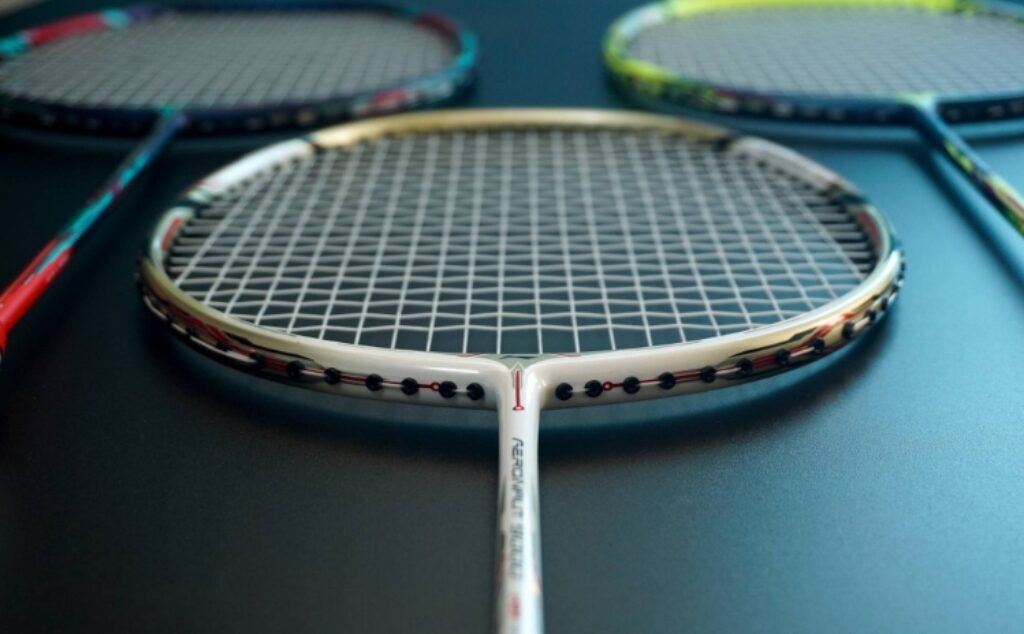
Design
Li-Ning’s racket designs are well known for their durability and appearance, far exceeding the industry average. However, this time, Li-Ning doesn’t just win in terms of aesthetics; the relationship between the design and the racket’s characteristics is equally important.
The Windstorm 9000 features a color scheme of champagne gold and ivory white, with a subdued and restrained overall style. This design complements the all-around performance of the racket and also aligns with Shi Yuqi’s calm demeanor on the court. The Windstorm 9000C, on the other hand, sports a striking combination of deep blue, sky blue, and crimson, giving it a visually impactful look that matches Zheng Siwei’s aggressive and energetic playing style. The Windstorm 9000D predominantly uses fluorescent yellow with accents of green, giving it a flashy and bold appearance—perfectly suited for Li Junhui!

Specifications
The Windstorm 9000 has an unstrung weight of 86g with a balance point of 305mm. The Windstorm 9000C weighs 88g with a balance point of 298mm, while the Windstorm 9000D weighs 84g and has a balance point of 314mm. All models use the thinner S1 handle.
Experience
In hand, the Windstorm 9000 feels slightly lighter than the Windstorm 9000C. Both rackets have similar shaft stiffness, but the Windstorm 9000C has a firmer feel and is noticeably heavier overall. The Windstorm 9000D is completely different, feeling much lighter due to its head-heavy balance. The shaft’s flex during smashes is more pronounced, somewhat similar to the pink Energy 70i, but there are still significant differences in terms of stability, swing speed, and overall weight.
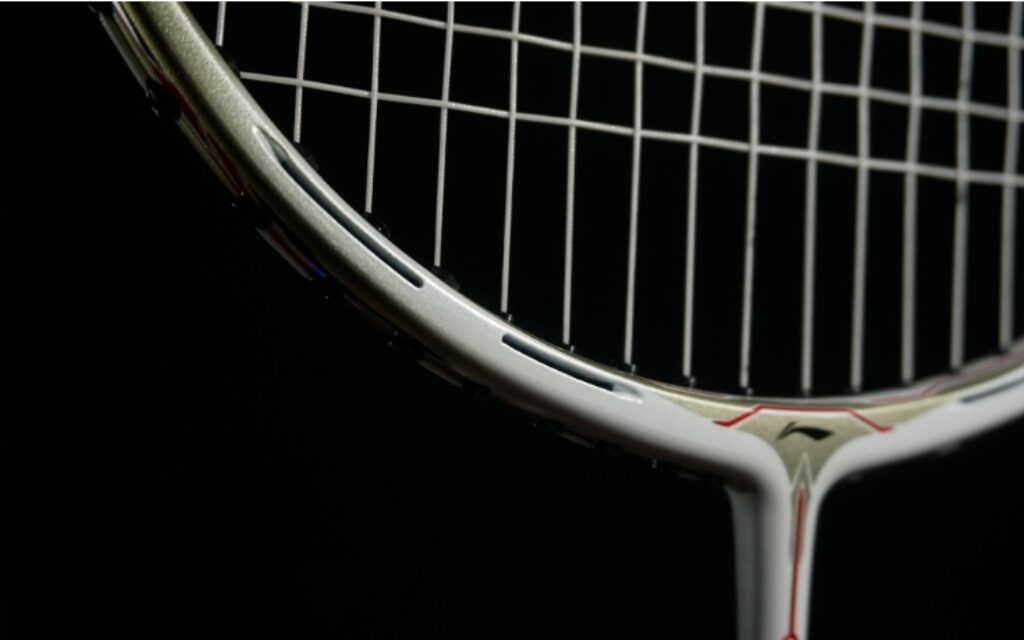
AERONAUT 9000
The Windstorm 900 is a racket with excellent shot direction control. It feels neither as heavy and stable as the Windstorm 8000 nor as crisp and agile as the Windstorm 7000. Instead, the Windstorm 900 feels like a blend of the two, or somewhere in between. The frame stiffness is medium, slightly leaning towards stiff, and the hitting sensation is crisp without being overly rigid. Among Li-Ning rackets, the last model that gave me such a comfortable hitting experience was the Windblade 900. Compared to the Windblade 900, the Windstorm 900 offers better shot stability, although the Windblade 900 still surpasses it in swing speed and precision attacks.
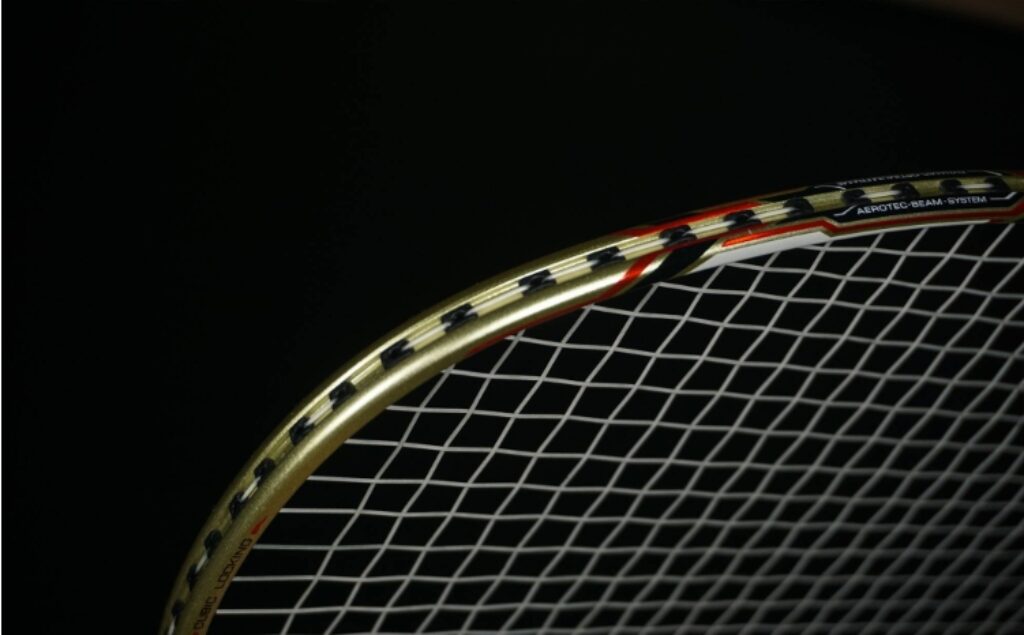
The balance between forgiveness and power feedback determines both shot direction control and racket handling. Rackets with a high degree of forgiveness, like the Windstorm 8000, often have a softer hitting feel. However, because of this softness, the power feedback may not be as direct. In actual use, this can lead to situations where applying 4.8 or 5.2 force yields almost the same results, which greatly reduces error rates but limits players seeking precise control. Conversely, rackets with very clear power feedback tend to have low forgiveness, offering precision at the cost of higher error rates.
The Windstorm 900 strikes an excellent balance between forgiveness and power feedback, providing a comfortable control experience.
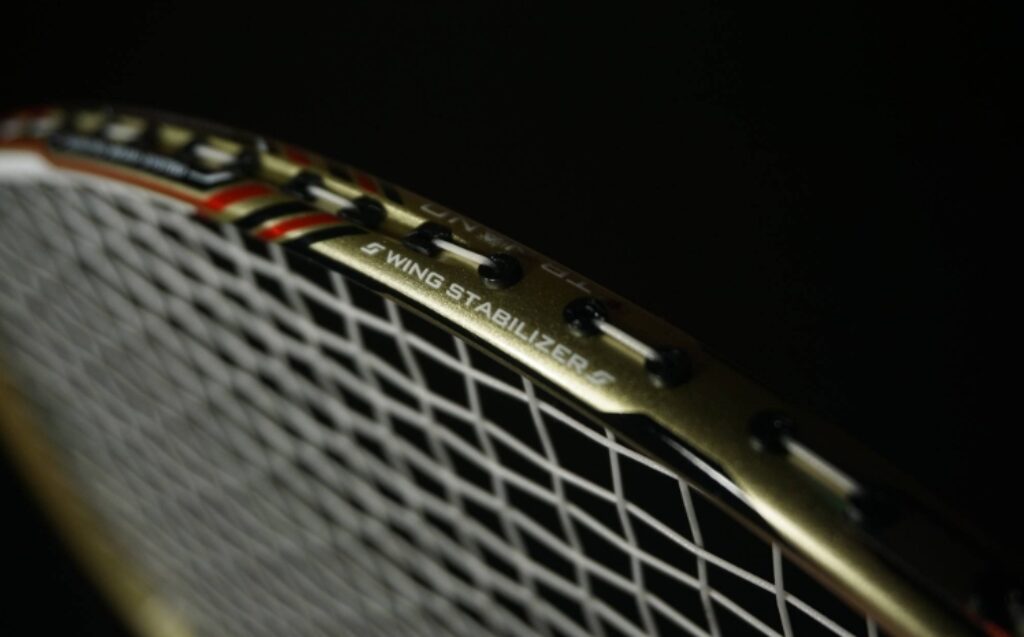
One drawback is the 210mm long handle, resulting in a shorter shaft compared to the Windstorm 8000. Rackets with long handles and short shafts generally offer stiffer feedback and faster response, but they perform worse in terms of power transmission during smashes compared to long-shaft, short-handle rackets (those who have used the Windblade 900B/N904 will understand). Therefore, in terms of power smashes, the Windstorm 8000 still holds the advantage. Fortunately, the Windstorm 900’s medium shaft stiffness ensures that, while it’s not a completely easy-to-use racket, it doesn’t require too much time to get accustomed to.
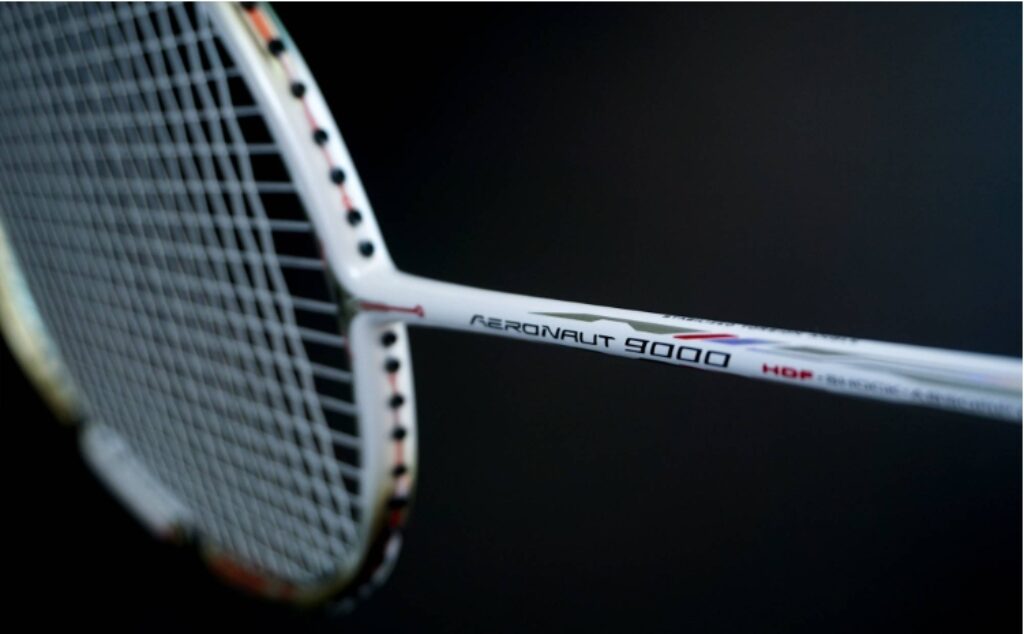
Control is the biggest feature of the Windstorm 900. As an all-rounder racket, the Windstorm 900 also performs well in midcourt rallies and backcourt attacks. In particular, its performance in midcourt flat drives is exceptional, though not as nimble as the Windstorm 7000. The Windstorm 7000 offers faster and more direct flat drives, while the Windstorm 900 feels more comfortable to use. In backcourt attacks, the Windstorm 900 lacks the heavy downward pressure of the Windstorm 8000 and doesn’t have that same explosive power. However, due to its lighter overall weight and higher stiffness compared to the Windstorm 8000, the Windstorm 900 excels in fast-paced attacks.
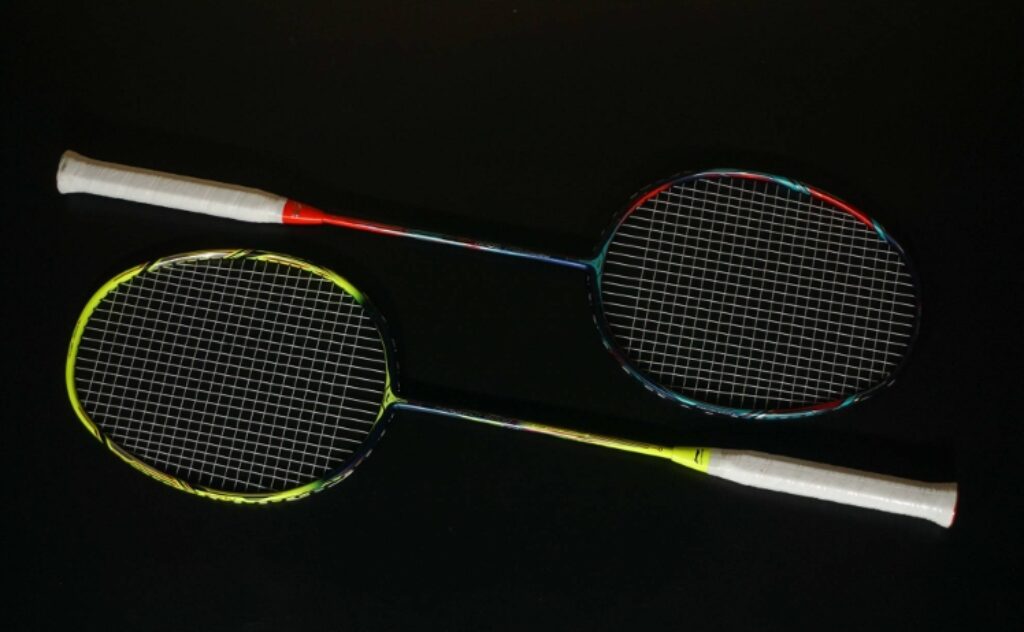
Based on the Windstorm 9000, Li-Ning has fine-tuned the weight distribution and stiffness parameters to create the attack-focused Windstorm 9000C and the drive-focused Windstorm 9000D.

AERONAUT 9000C
The Windstorm 9000C has a feel very similar to the Windstorm 9000, but with an overall heavier weight, offering a more stable smash, though it can be a bit demanding in defense. The Windstorm 9000D, however, differs significantly from the 9000, with more weight focused in the racket head and a lower overall weight, making it noticeably easier and more flexible to swing, with greater shaft deformation during play.

Apart from the increase in overall weight, the Windstorm 9000C also has a stiffer racket face compared to the 9000. This results in the 9000C sacrificing some comfort for enhanced offense, akin to a vehicle’s “sport mode”—seeking more intensity at the cost of comfort. When compared to the more attack-oriented Windstorm 8000, the 9000C offers a more direct and firm smashing experience. While the Windstorm 8000 feels like a powerful, charged-up strike, the 9000C’s smash resembles swinging a sharp blade. Fans of Bao’s powerful, charged smashes may prefer the 8000, but those who enjoy the fast-paced smashes and slices of Zheng Siwei would find the 9000C a great option.
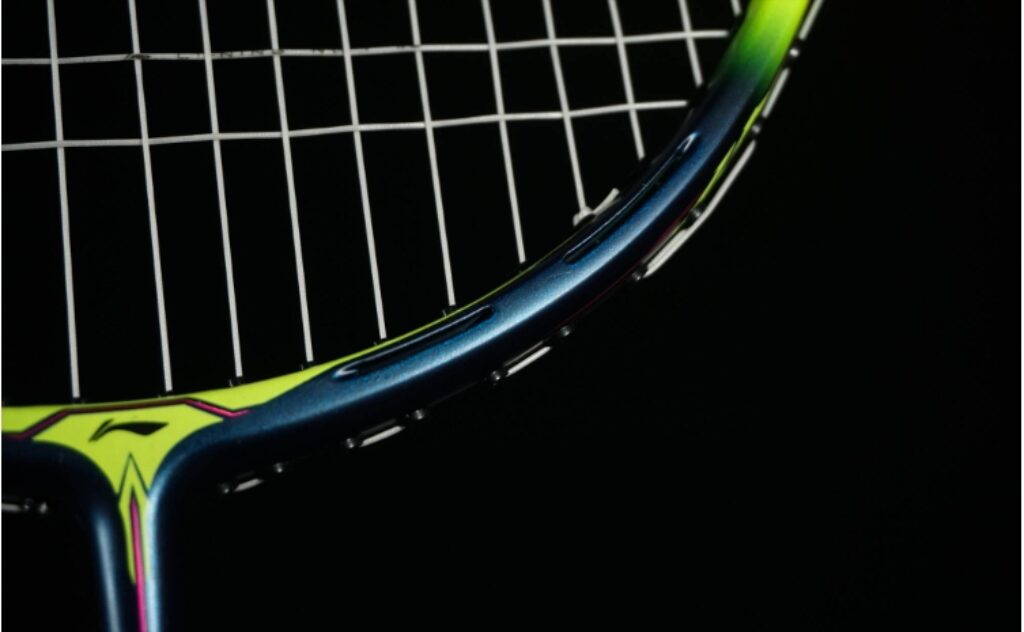
AERONAUT 9000D
The differences between the Windstorm 9000D and the Windstorm 9000 remind me of the comparison between the N7i and N7. Both models reduce overall weight and increase balance point compared to the originals. The Windstorm 9000D is an easy-to-use racket, being head-heavy yet light overall, with significant shaft flexibility, making it easy to generate power. In doubles play, the 9000D excels in agility during drives and defense. While it may lack the quickness of the Windstorm 7000, it offers more comfort. This reflects Li-Ning’s interpretation of “Drive”—not simply speed, but agile maneuverability, which, in my opinion, refers to nimbleness. Therefore, models ending in “D” tend to have a lower entry barrier.

The Windstorm 9000D also has a stiffer racket face than the 9000. Coupled with its greater flexibility, the 9000D sacrifices some control. When compared to the speed-focused WindBlade 900, the 9000D’s head-heavy design allows for better leveraged smashes, though it lacks the comfortable wrapping feel of the racket face. Personally, I find the WindBlade 900 more comfortable, while the 9000D might be better suited for players with less strength or those who like the Windstorm 7000i but want a softer shaft, or players who enjoy the N7i but find it too light.
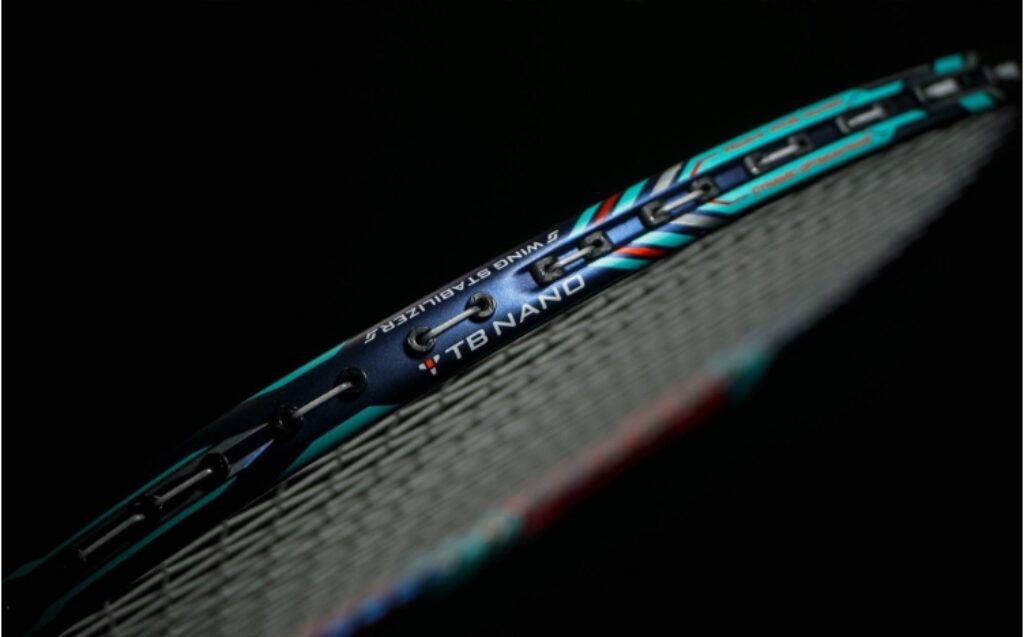
Choosing a Racket
The Windstorm 9000 perfectly embodies the core control attributes of the Windstorm series, while the 9000D and 9000C build on this with performance tweaks. The 9000C is closer to the 9000, but with a higher overall weight, making it suitable for powerful, offense-oriented players. The 9000D, on the other hand, is quite different from the 9000, resembling more a softer-shafted Windstorm 7000i with a length of 675mm, or a heavier version of the N7i with a box frame. It is ideal for doubles players or those with less strength.
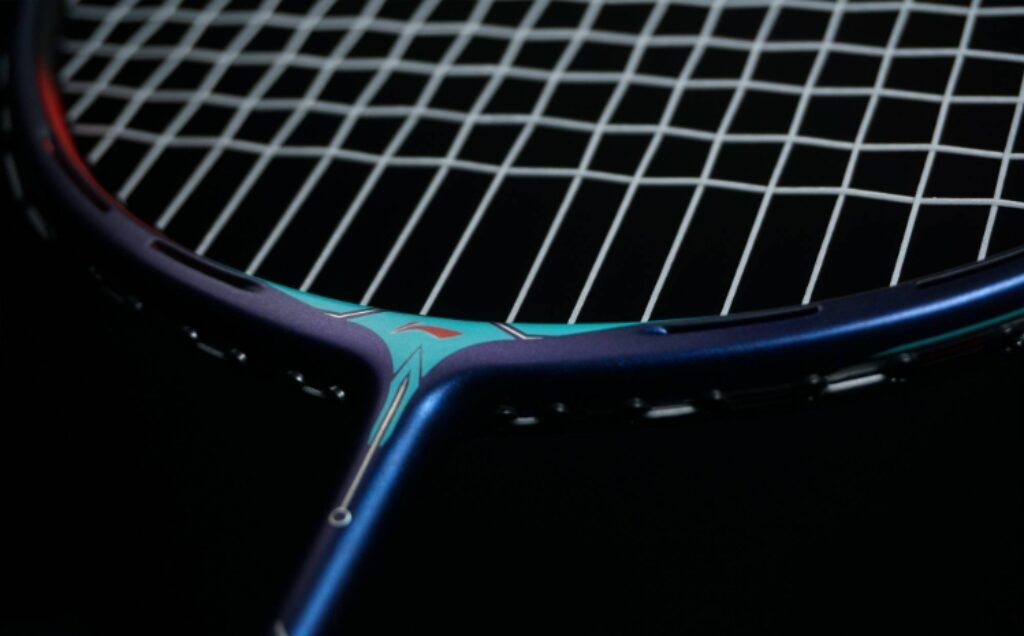
String Pairing
All three rackets were strung with Li-Ning No.1 string at 26 lbs on the mains and 28 lbs on the crosses. Based on my experience, both the 9000C and 9000D have stiffer racket faces than the 9000, so pairing them with softer strings can enhance the wrapping feel on the shuttle. Given the wear on strings during offensive play, Li-Ning No.7 strings might be a good choice for the 9000C. Meanwhile, the 9000D, which emphasizes drives and doubles play, pairs well with the crisp-sounding Li-Ning No.1 string. For the all-around Windstorm 9000, the equally versatile Li-Ning No.5 string is a viable option.

Leave a Reply